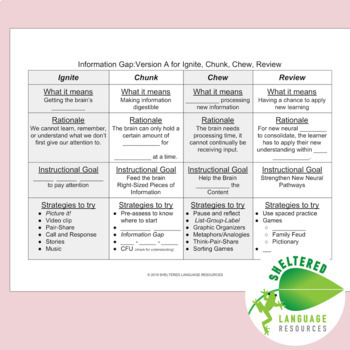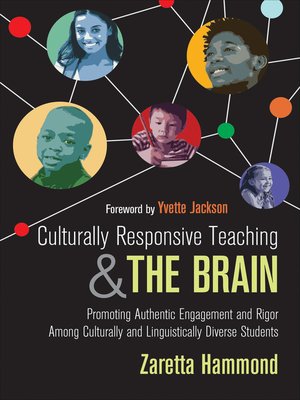



Hammond states that “many children start school with small learning gaps, but as they progress through school, the gap between African American and Latino and White students grows because we don’t teach them how to be independent learners.” (p. This seemed like a logical train of thought to me, but it wasn’t until I got a little further into the chapter that I started to tie this into what I see in my own school. But for those entering school slightly behind their peers, they might be viewed as being in need of a pull out class like Title I or Learning Center, and thus might not be provided with this same cognitive resource instruction and instead are tracked to learn “the basics.” As I continued reading, Hammond refers to the often mentioned idea of the importance of “learning to read” by third grade, so that students can then move on to “reading to learn.” She ties this same idea into the building of cognitive processes and structures (habits of mind) in the early grades, so that they can then go on to do more complex thinking and independent learning (p.13). Some sections in Chapter 1 got me to thinking about how these skills might already be taught to the general ed population of students who enter kinder ready to learn. Ntroduction: I do agree that teachers should provide, and continue to provide, for students, instruction and structure in order to help them gain and grow in their “cognitive resources”. Only after knowing what students imagine when they think about what mathematicians do (most of those are not positive images at all) I started to find better ways to make the world of mathematics accessible and understandable to students.” This kind of information can help us understand the learning gaps our students have and help us to determine the most effective way to close those gaps. “I spent a lot of time then collecting small data, in and out of my classroom, to understand students’ own ideas about the mathematical and scientific worlds.

Finish researcher, Pasi Sahlberg calls this small data. Instead, educators need opportunities for formative assessment involving students in establishing their learning goals and taking an active role in working toward those goals. “Just increasing standards and instructional rigor won’t reverse this epidemic.” Hammond pg. Unfortunately, the current approach to closing the achievement gap seems to be to set higher standards and increase high stakes testing. I believe establishing relationships and having a social-emotional connection is the basis for supporting struggling students to become independent learners.


 0 kommentar(er)
0 kommentar(er)
